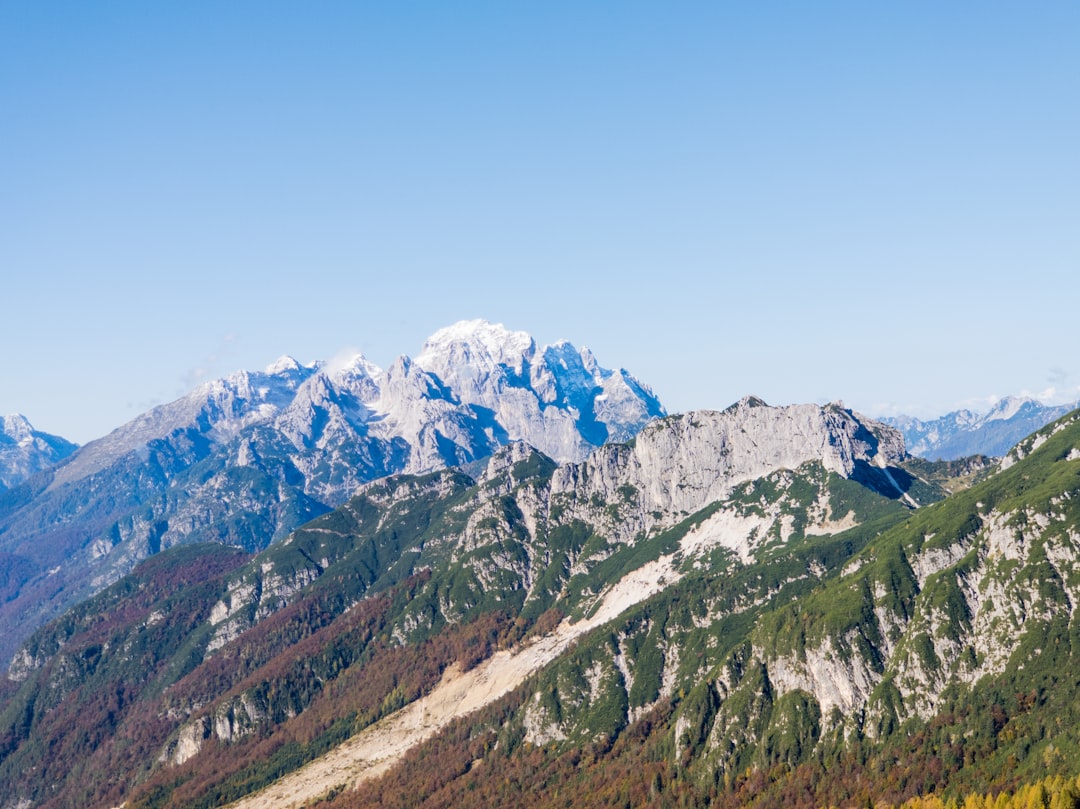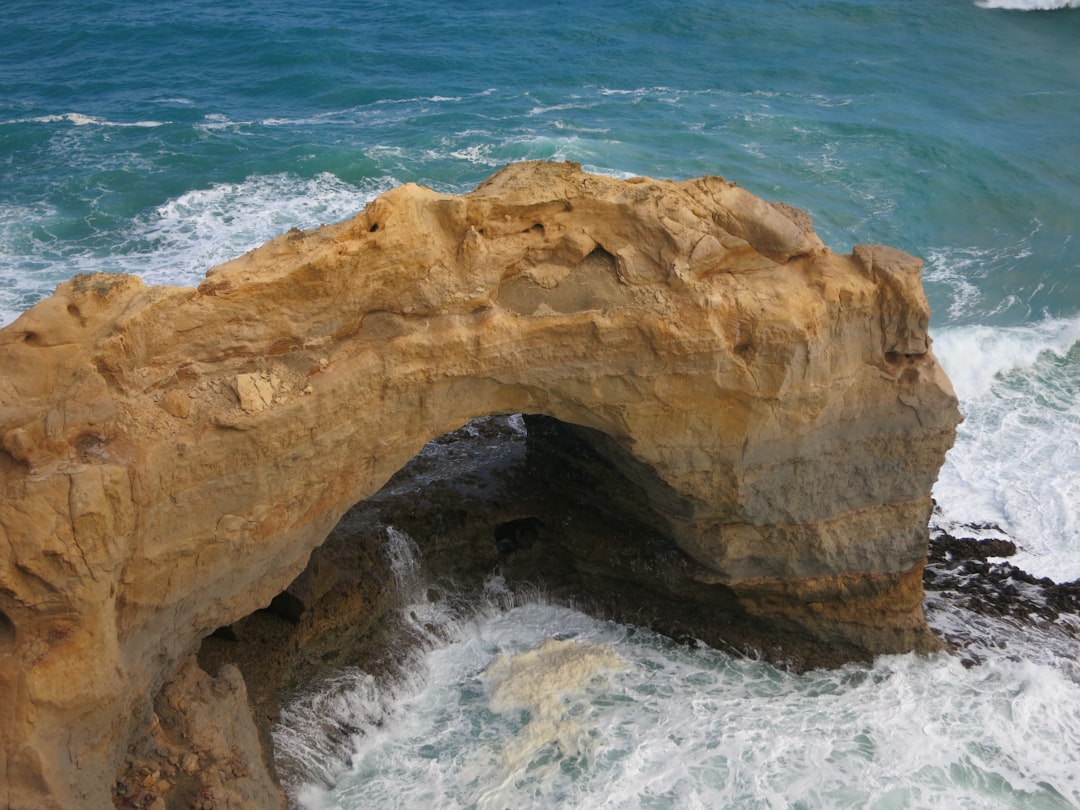What is it about?
Most landslide hazard maps are developed on the basis of an area’s susceptibility to a landslide occurrence, but dendrochronological techniques allows one to develop maps based on past landslide activity. The aim of the study was to use dendrochronological techniques to develop a landslide hazard map for a large area, covering 3.75 km2. We collected cores from 131 trees growing on 46 sampling sites, measured tree-ring width, and dated growth eccentricity events (which occur when tree rings of different widths are formed on opposite sides of a trunk), recording the landslide events which had occurred over the previous several dozen years. Then, the number of landslide events per decade was calculated at every sampling site. We interpolated the values obtained, added layers with houses and roads, and developed a landslide hazard map. The map highlights areas which are potentially safe for existing buildings, roads and future development. The main advantage of a landslide hazard map developed on the basis of dendrochronological data is the possibility of acquiring long series of data on landslide activity over large areas at a relatively low cost. The main disadvantage is that the results obtained relate to the measurement of anatomical changes and the macroscopic characteristics of the ring structure occurring in the wood of tilted trees, and these factors merely provide indirect information about the time of the landslide event occurrence.
Featured Image
Read the Original
This page is a summary of: Dendrochronological dating as the basis for developing a landslide hazard map – An example from the Western Carpathians, Poland, Geochronometria, August 2018, De Gruyter,
DOI: 10.1515/geochr-2015-0093.
You can read the full text:
Contributors
The following have contributed to this page










